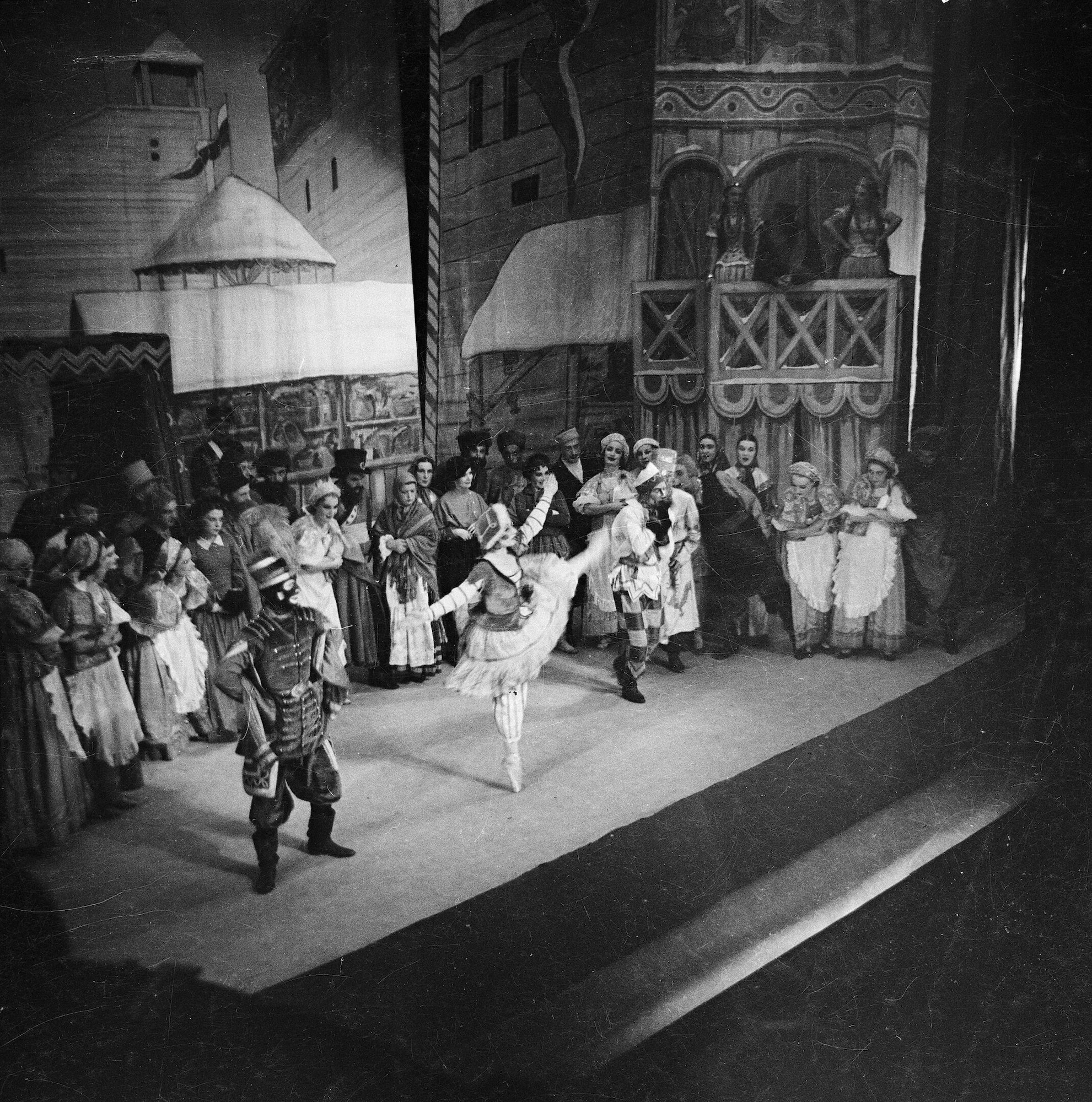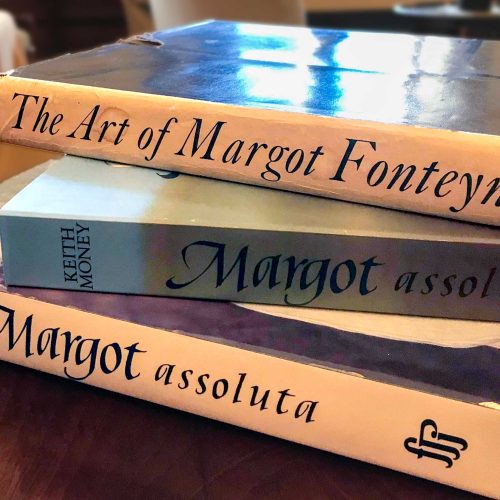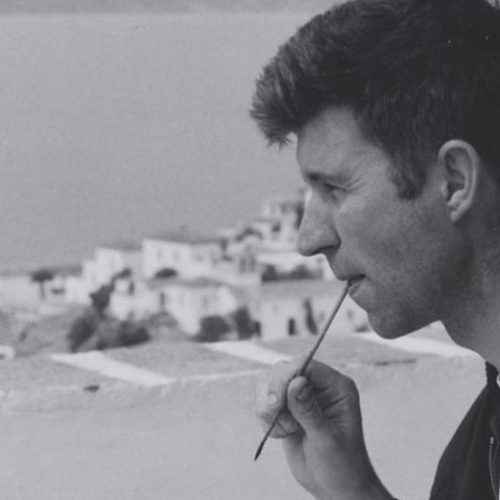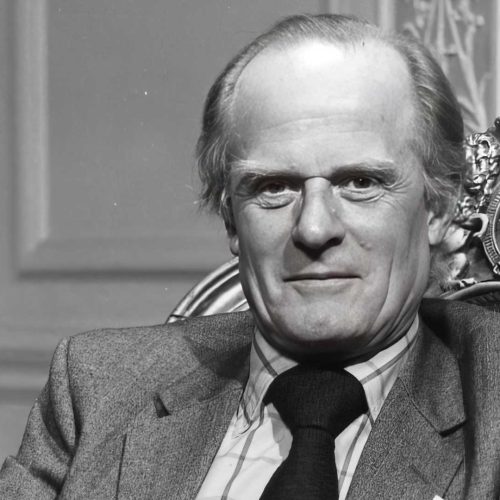With the death of Serge Diaghilev in 1929 the powerhouse of the Ballets Russes company he had created died with him. Creative life and the young never stand still for long, and from both necessity and ambition various new companies attempted to follow in Diaghilev’s footsteps. Thus the complex web of Diaghilev dancers, collaborators and admirers, comprising most of the famous names of the 1920s, assembled and reassembled themselves over the next few years. George Balanchine, before he left to found his short-lived Les Ballets 1933, provided Colonel Wassily de Basil’s new company with its distinctive feature, the ‘baby ballerinas’. These were three precociously talented teenagers, Tamara Toumanova, Irina Baronova and Tatiana Riabouchinska, who emerged from émigré Russian schools in Paris, and continuing the ‘Russian’ link for a bit longer. However, over the next 30 years, various ‘Russian Ballet’ companies were formed, all drawing on the Diaghilev legacy and tradition often performing works by choreographers such as Mikhail Fokine.
The Ballet Russe de Monte Carlo, which was founded by Colonel de Basil (with René Blum) in 1932, changed its name to the Original Ballet Russe in 1939, and remained active until 1952. René Blum left the Ballet Russe de Monte Carlo in 1936 and founded his own company, René Blum’s Ballets de Monte Carlo. Léonide Massine joined Blum in 1938 and they renamed the company the Ballet Russe de Monte Carlo, which precipitated a lawsuit from De Basil. Although Blum was later killed by the Nazis at the Auschwitz Concentration Camp in 1942, the company continued performing until 1962. Each ensemble had its own challenges, character and highlights and each served a very particular purpose for the future of ballet in a changing world.
Both Ballet Russe companies were promoted by the American impresario, Sol Hurok, later to be so influential in arranging tours to the United States of America for the emerging Royal Ballet. As dancers stopped off to make homes and livings, tired from their nomadic quest, they inspired and laid foundations wherever they went, none more so than in America. The two ‘Monte Carlo’ companies, direct descendants of Diaghilev’s Ballets Russes, crisscrossed both the world and each other for as long as their artistic muse would serve them, most notably in London in the summer of 1938 when they performed in rival seasons at the same time at the Royal Opera House, Covent Garden, and the Theatre Royal Drury Lane.




